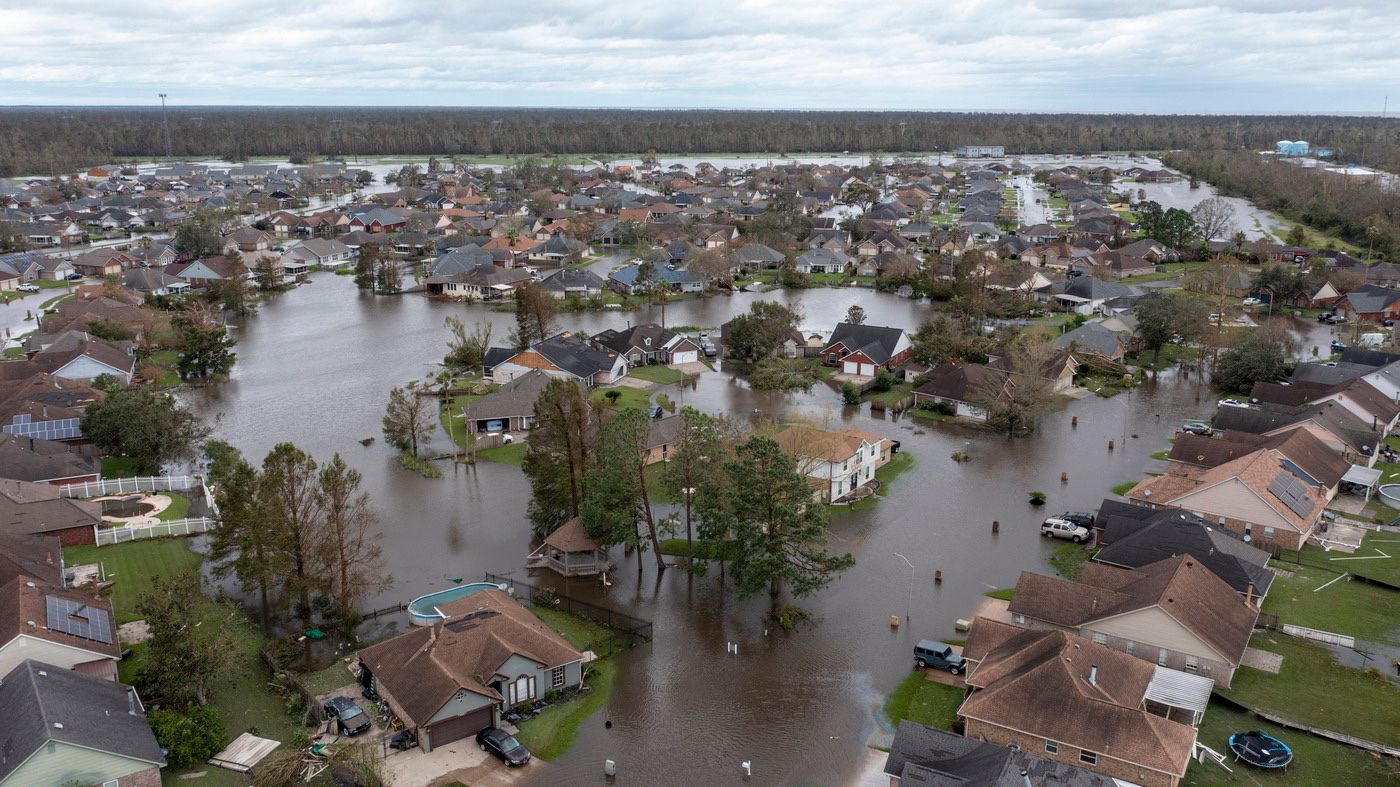Last Updated on September 3, 2021 4:16 pm by INDIAN AWAAZ
New Orleans Residents Suffering Amid Soaring Temperatures

AMN / WEB DESK
At least 44 people were killed as hurricane Ida reaped through at least four states in the northeast part of the United States over the past day.
The devastating storm triggered torrential rain and flash floods that swept away cars, submerged subway lines, and grounded airline flights from Virginia to New England. Authorities said, it is difficult to zero in on an exact death toll. Large swaths of the affected regions still remain waterlogged as officials struggle to provide an exact rundown of the situation.
Hurricane Ida has left millions of residents in the southeastern U.S. state of Louisiana without electricity and clean running water.
Eight electric transmission lines that feed the tourist city of New Orleans and much of southern Louisiana were damaged or destroyed when Ida made landfall Sunday along the state’s coastline packing winds of 240 kilometers an hour, with one transmission tower falling into the Mississippi River.

State authorities and regional utility company Entergy said it could be as long as 30 days before power is fully restored, raising concerns that residents without air conditioning will become ill from the area’s searing late-summer heat, which forecasters say could reach anywhere between 32 and 37 degrees Celsius. Schools have been closed indefinitely, while many hospitals that are already filled with COVID-19 patients are functioning on emergency electric generators.
US President Joe Biden said, historic investment is needed to deal with the climate crisis. He said, the US is facing climate-related destruction across the country and tackling it is a matter of life and death.
The Governors of New York and New Jersey have declared a state of emergency following the flooding situation. The National Weather Service office in New York also declared a flash flood emergency which is declared when the flooding leads to a severe threat to human life and catastrophic damage. New Jersey Governor Phil Murphy declared a state of emergency due to record-breaking rain and flooding.
Hurricane Ida struck Louisiana 16 years to the day after Hurricane Katrina devastated New Orleans when the flood protection system known as levees failed and left the city underwater, killing 1,800 people and trapping thousands of other residents for days.
Ida has since dissipated into a tropical depression that is making its way north into central Tennessee, parts of which are still recovering from flash flooding that killed at least 20 people earlier in August. The storm system has dumped so much rain in the area that organizers of a popular annual music festival held outside of Nashville, the state capital, were forced to cancel the upcoming event.
The National Hurricane Center says Ida is also expected to cause potentially life-threatening flash flooding and tornadoes across Tennessee and into North Carolina, Virginia, Maryland, Pennsylvania, New York state, New Jersey and Connecticut.
